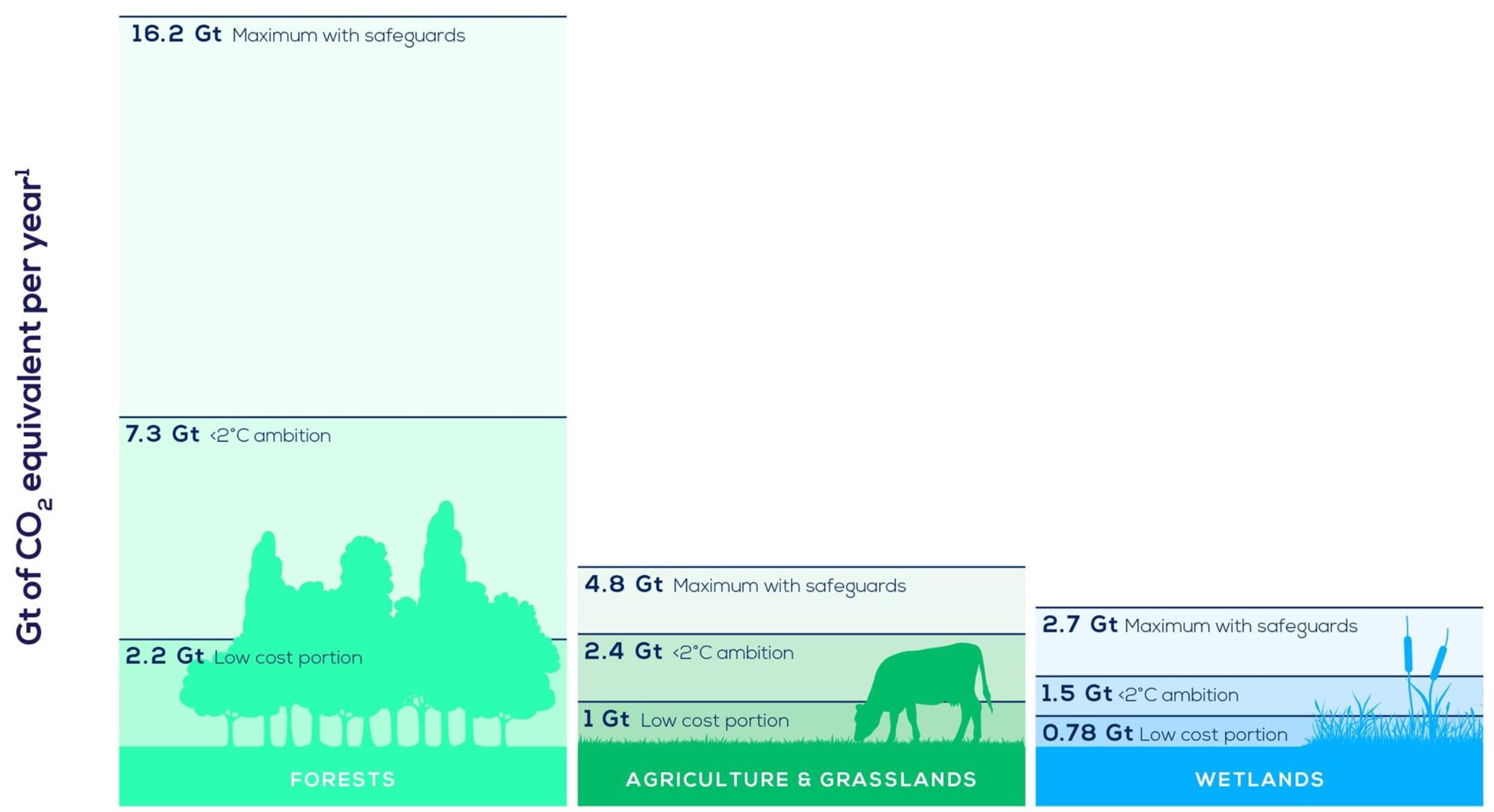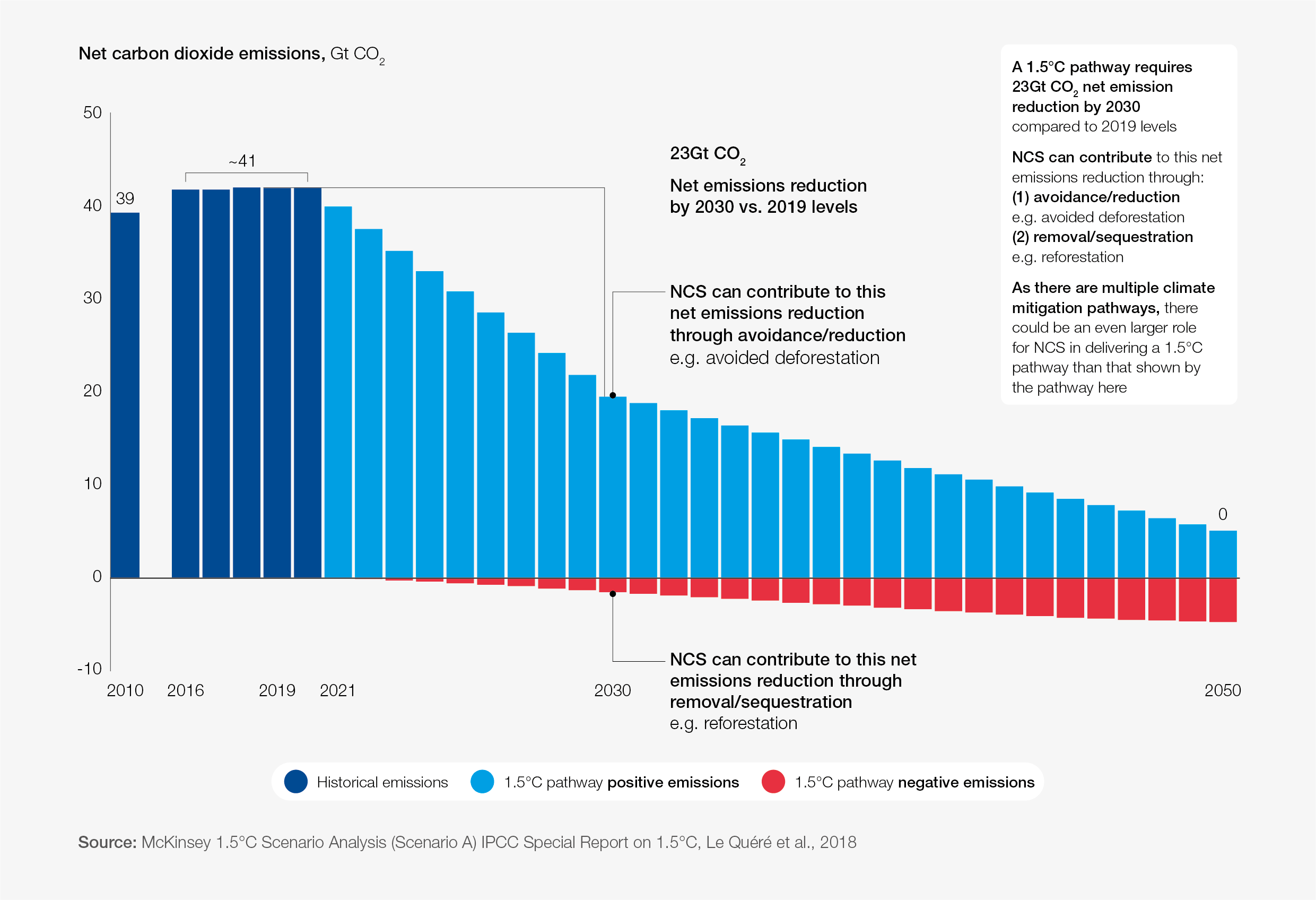The North Atlantic jet stream could move permanently by 2060. Here's what to expect

This summer's European floods were an example of how the jet stream affects weather patterns.
Image: REUTERS/Alla Dmitrieva
Stay up to date:
Climate Indicators
- Disruptions to the North Atlantic jet stream, caused by climate change, will have drastic weather-related consequences.
- New research provides insights into how the position and intensity of the North Atlantic jet stream has changed during the past 1,250 years.
- The findings suggest that the position of the jet stream could migrate outside of the range of natural variability as early as 2060.
- This summer’s heat wave in the Pacific Northwest and the floods in Europe are examples of how the jet stream affects weather patterns.
Climate-caused disruptions to the North Atlantic jet stream are likely to have drastic weather-related consequences for societies on both sides of the Atlantic, research in Greenland indicates.
New research provides insights into how the position and intensity of the North Atlantic jet stream has changed during the past 1,250 years. The findings suggest that the position of the jet stream could migrate outside of the range of natural variability by as early as the year 2060 under unabated greenhouse gas emissions.
“…WE CAN NOW BEGIN TO USE THE PAST AS A SORT OF A PROLOGUE.”
”Familiar to air travelers flying between North America and Europe, the North Atlantic jet stream is the ribbon of prevailing westerly winds circling the Arctic. Often called the “polar jet,” these high-altitude winds affect weather and climate across eastern North America and western Europe, accounting for between 10% and 50% of variance in annual precipitation and temperature in both regions. However, little is known about how the jet stream varied during the past, or how it might change in the future.
Osman’s research team collected glacial ice core samples from nearly 50 sites spanning the Greenland ice sheet to reconstruct changes in windiness across the North Atlantic dating back to the eighth century. The reconstructions suggest that natural variability has thus far masked the effect of human-caused warming on mid-latitude atmospheric dynamics across annual and longer timescales.
“For most places on Earth, direct climate observations typically do not span more than a few decades,” Osman says. “So, we haven’t had a great sense of how or why the jet stream changes over longer periods of time. What we do know is that extraordinary variations in the jet stream can have severe societal implications, such as floods and droughts, due to its impacts on weather patterns and so, in terms of thinking about the future, we can now begin to use the past as a sort of a prologue.”
Jet stream migration
The work reveals that although natural variability has largely controlled the position of the North Atlantic jet stream, continued warming could cause significant deviations from the norm. In particular, model projections forecast a northward migration of the North Atlantic jet stream under 21st-century warming scenarios. Such migration could render the jet stream significantly different within a matter of decades.
Although the polar jet stream blows most swiftly near the typical cruising altitudes of planes, the band of winds actually extends all the way to the ground. While of lesser intensity, Osman explains, near the ground the winds are often referred to as storm tracks. Storm tracks affect weather and climate across Greenland, including the island’s precipitation and temperature changes.
By analyzing year-to-year variations in the amount of snowfall archived in Greenland ice cores, as well as the chemical makeup of the water molecules comprising those annual snow layers, the researchers were able to extract centuries-old clues into how the jet stream changed.
“These layers tell us about how much precipitation fell in a given year and also about the temperatures that air masses were exposed to,” Osman says.
Weather events
Weather events like this summer’s heat wave in the Pacific Northwest and the floods in Europe are some recent examples of how the jet stream affects weather patterns based on its intensity or location in the short term, Osman says. But societally significant changes also occur across longer time scales; reconstructing the jet stream’s past revealed that in some years, it could be far north, only to venture more than 10 degrees farther south a few years later.
“Such variations have huge implications on the types of weather that people might experience at a given place,” Osman says.
“For example, when the jet stream is situated farther south, the normally dry Iberian Peninsula tends to experience milder, moister conditions. But, as the jet stream migrates northward, much of that moisture also moves away from Iberia towards already-wet regions of Scandinavia. A poleward-shifted jet stream in the future thus might have similar, but more permanent, consequences.”

Deadly famines
The team was able to match certain changes in wind speed and geographical shifts to historical weather-related calamities. For example, during a famine that gripped the Iberian Peninsula in 1374, the jet stream was situated unusually far north. Similarly, two famine events in the British Isles and Ireland in 1728 and 1740 coincided with years that winds blew at nearly half their usual intensity, dramatically cooling temperatures and reducing precipitation. The latter of these events, in 1740, is estimated to have cost the lives of nearly half a million people.
Osman and his coauthors expect that any future shifts in the North Atlantic jet stream would also have dramatic implications on day-to-day weather and ecosystems, with trickle-down effects affecting national economies and societies.
What is the World Economic Forum doing on natural climate solutions?
“Our results serve as a warning: Although pushing the jet stream beyond its natural range would be problematic, its ultimate trajectory is still largely in our control,” he says.
Coauthors of the paper are from the University of Hawaii; Woods Hole Oceanographic Institution in Woods Hole, Massachusetts; and the Desert Research Institute in Reno, Nevada.
Source: University of Arizona
Accept our marketing cookies to access this content.
These cookies are currently disabled in your browser.
Don't miss any update on this topic
Create a free account and access your personalized content collection with our latest publications and analyses.
License and Republishing
World Economic Forum articles may be republished in accordance with the Creative Commons Attribution-NonCommercial-NoDerivatives 4.0 International Public License, and in accordance with our Terms of Use.
The views expressed in this article are those of the author alone and not the World Economic Forum.
Related topics:
Forum Stories newsletter
Bringing you weekly curated insights and analysis on the global issues that matter.
More on Climate ActionSee all
Sarah Franklin and Lindsey Prowse
April 22, 2025
Jeff Merritt
April 22, 2025
Elizabeth Mills
April 17, 2025
Tom Crowfoot
April 17, 2025
Will Hicks and Louise Thomas
April 16, 2025








